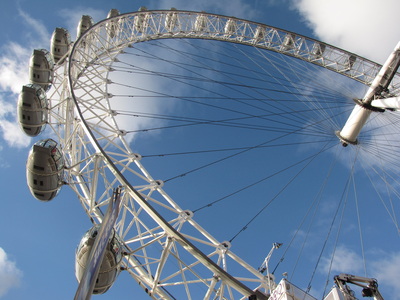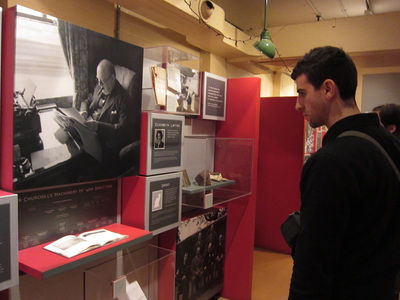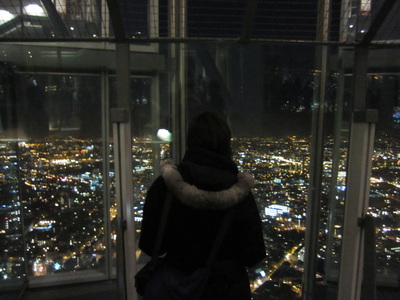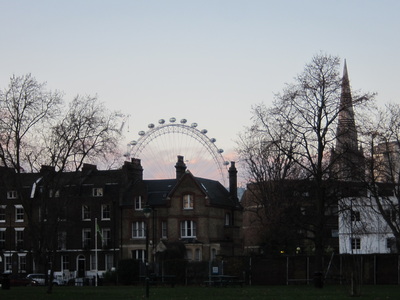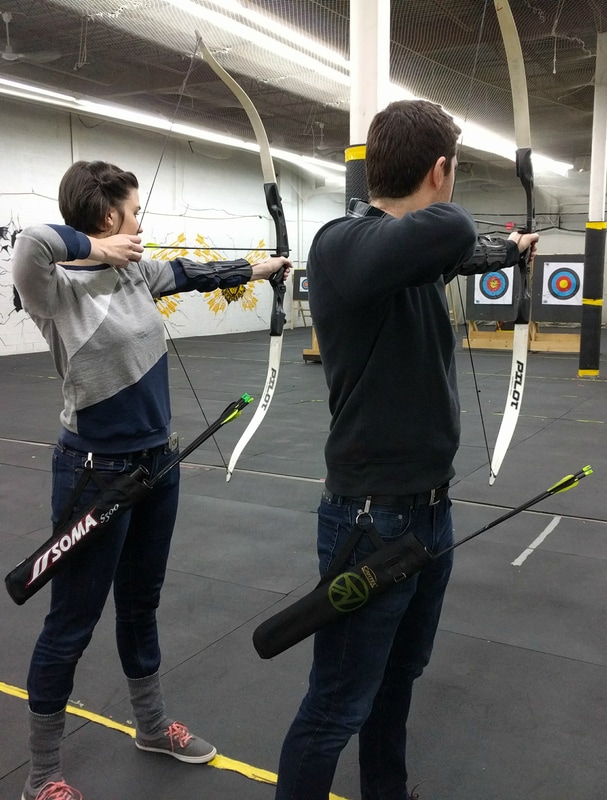The place was amazing to walk through as it has been left the way it was when the war ended. There were lots of fascinating things, but it was most impressive to see how they managed everything without the technology that we have today. For example, tracking the location of their ships was done manually on a map with thumb tacks; there were lots of pin holes near Newfoundland. They also had hand-drawn graphs posted to track the numbers of casualties, as well as strings on wrapped around thumb tacks to monitor the German front.
The Churchill Museum is also located within the underground complex, which was very informative as well. We didn't know much about Churchill himself, so we had the opportunity to learn a lot, and it had a great audio guide to go along with it. Before we visited the exhibit, we didn't realize that Churchill's political career had begun so early, at the age of 25, and that it had had so many ups and downs. He was prime minister twice (1940-1945 and 1951-1955), and continued to be in politics until he was 90 years old, six months before he died.
We booked our trip for 5pm so that we could see London at night; it was a great atmosphere, but not great for pictures. Everything is surrounded by glass and there are no gaps that you can take pictures through, so it was hard to avoid getting reflections of some kind in your picture. It was an amazing view, but it was difficult to capture the atmosphere at night.
The 'A Family in Wartime' exhibition followed the story of one particular London family throughout the war, including the role that each member played in supporting their family or their country, as well as how they lived during that time. It was a very personal way to take a look at life in London during the war, and their experiences made everything more real. Secret War was about the role that spies, primarily MI5 and MI6 agents, played during the wars. In general, the information is still a bit vague (obviously), but interesting none-the-less. Then we checked out the Holocaust Exhibition, but unfortunately we were tight on time at the end and had to rush through the last bit. This exhibit was interesting because it focused on Hilter's rise to power quite a bit in the beginning, more than we'd seen anywhere before, which gave some context to the situation in Germany at the time and went into detail about the things that followed.
Luckily, we avoided any weather issues on the way back, and arrived in St. John's on New Year's Eve just in time to fall asleep before the new year even started. Here are some more pictures from our time in London:




